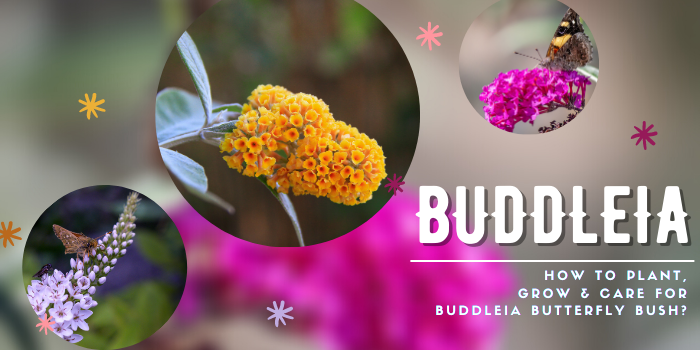
It’s hard to miss the Buddleia (Buddleja davidii) plant wherever it grows.
The invasive plant species with its long, slender clumps grows along any patch of waste ground including fences and by railway tracks.
It’s beloved to gardeners thanks to its range of colors in lilac, blue, white, or deeper purple flowers at the end of its long, arching branches and its butterfly-attracting properties.
Besides its beauty, Buddleia may cause damage to buildings as it can crumble brickwork and germinate in decaying mortar.
Not only that, but it also has a habit of growing in walls where it can obscure signals and interfere with overhead power lines.
While it may not cause significant problems, it takes time and resources to remove it wherever it pops up, which can be anything from removing or killing its stumps to using weed-killing herbicides.
Fortunately, there are other new species of buddleia besides the full-size towering type of more than two decades ago.
There are new dwarf patio and compact series buddleia that can still transform and bring beauty to any outdoor space.
In this guide, we’ll walk you through how to plant, grow, and care for a Buddleia Butterfly Bush.
What Is a Buddleia Butterfly Bush?
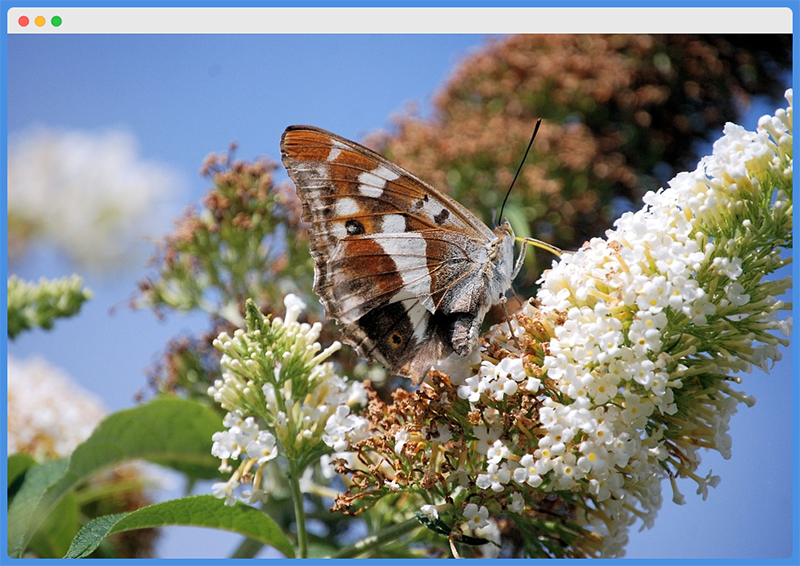
The Buddleia butterfly bush is a fast-growing deciduous shrub that blooms in the summer. The plant grows up to 6-12 inches tall depending on the variety.
However, there are dwarf varieties that are smaller with a neater, more compact growth pattern.
Known for its butterfly-attracting qualities, the Buddleia bush brings wildlife and beauty to any outdoor space.
The shrub grows very fast and is suitable for planting in cottage gardens, perennial borders, or island beds.
Plus, you can grow it wherever their loose foliage won’t detract from any garden design you want to achieve as it tends to sprawl while growing up to 12” tall.
The plant’s flowers open in summer through to the fall season and bloom in various colors such as lavender, white, yellow, purple, red, pink, or violet.
The flowers, which sometimes have pretty orange throats, are held in clusters or dense panicles with an often honeyed or fruity scent.
In the 1920s, the nectar-rich shrub was commonly referred to as the summer lilac but was quickly replaced with the name butterfly bush owing to its butterfly-attracting nature.
How To Plant, Cultivate, And Propagate Buddleia
The Buddleia shrub has gone wild since its beginnings in American gardens. It’s able to tolerate the cold and in some areas, it outcompetes native vegetation that supplies food to the pollinators.
More than 100 cultivars of the Buddleia butterfly bush are available today, each with its own mature plant size, unique bloom color (pink, white, or purple), leaf shape (dark green to gray-green), and growth habit from 3-12 feet tall and 5-18 inches wide at maturity.
Many breeding programs today prefer to produce sterile hybrids of the Buddleia as these aren’t able to spread via seed.
When planning to plant and cultivate the Buddleia, you need to research a lot to find out if the shrub is listed among the invasive plants in your locality.
One of the best places to check is the extension service or USDA list of invasive plants if you’re in the US.
If the plant is considered invasive, go for the sterile hybrid variety or check for alternative plants that can attract butterflies and other pollinators.
Most butterfly bush species rely on seed dispersal in order to reproduce rather than propagating vegetatively.
However, if you’re planning to plant it in your own garden, you can propagate the shrub (and sterile cultivars) in various ways.
How To Plant a Buddleia Butterfly Bush
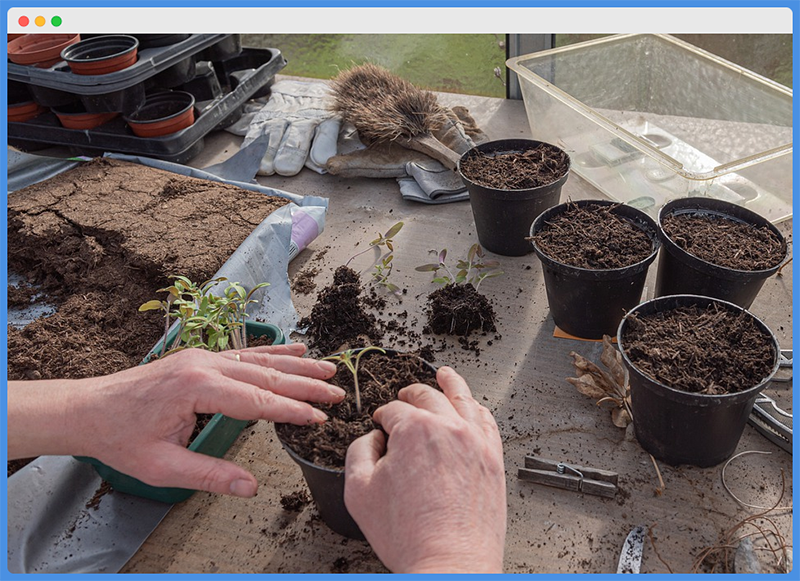
Buddleia is recommended for USDA hardiness zones 5-10 and need fertile well-drained soil
and full sun. In warmer climates, the bushes grow well in part shade but this may reduce their flowering.
In terms of soil conditions, the bushes are not particular as long as it drains well. If you plant them in poorly-drained soils, the roots may rot and you’ll lose everything.
The Buddleia plant also requires at least 5-10 feet of spacing, though the dwarf variety tends to grow closer together.
Make sure you plant the Buddleia in early fall or spring. However, if you have plenty of water and some afternoon shade, you can still plant it in midsummer where the climate is very hot.
Buddleia Planting Process
You can plant Buddleia butterfly bushes from stem cuttings or from seeds. Before planting though, here’s a list of the Buddleia species you can choose from so you know what you’ll get in your garden once the plant matures.
There are many Buddleia butterfly bush cultivars in a variety of colors, but you can also get more compact cultivars and color options from plant breeders.
Here are just a few of the main Buddleia cultivars you can choose from depending on how you want your garden to look.
- Buddleia davidii: This is the most common species you’ll find in gardens. It has green leaves, bright bloom colors from pinks to whites and dark purples, and exhibits vigorous growth
- Buddleja globosa: This species has several colors including blue, yellow, deep pink, and bicolors or shades in between. It was bred by a British Army officer, William van de Weyer, while at his home during World War I, as he tried producing large, golden flowers.
- Buddleia alternifolia: This species is a little different thanks to its lanceolate foliage and alternate or fountain-leaved bushes. It has a draping habit, is hardy and tall, and should be pruned preferably after it blooms.
- Buddleia fallowiana: Also known as the summer lilac, this species has a more unusual foliage and blossoms. The foliage is silvery and felted, while the blooms are lavender or white, which gives it a more frosty yet attractive look.
- Buddleia lindleyana: This species sports small, dark green leaves, grows 4-5 feet tall at maturity, and has fragrant lavender to purple flowers.
- Buddleia pink delight: This pink-flowered cultivar is a hybrid from the Boskoop Experimental Station in the Netherlands. It’s deer-resistant and has a long flower head until frost.
- Buddleia orange scepter: This wild Buddleia hybrid combines the stachyoides and tubiflora varieties to create a tall 8-inch bush that flowers almost all year-round in mild climates. It blooms bright orange flowers and its trunks remain woody with fuzzy-green leaves.
How To Plant a Buddleia Butterfly Bush From Stem Cuttings
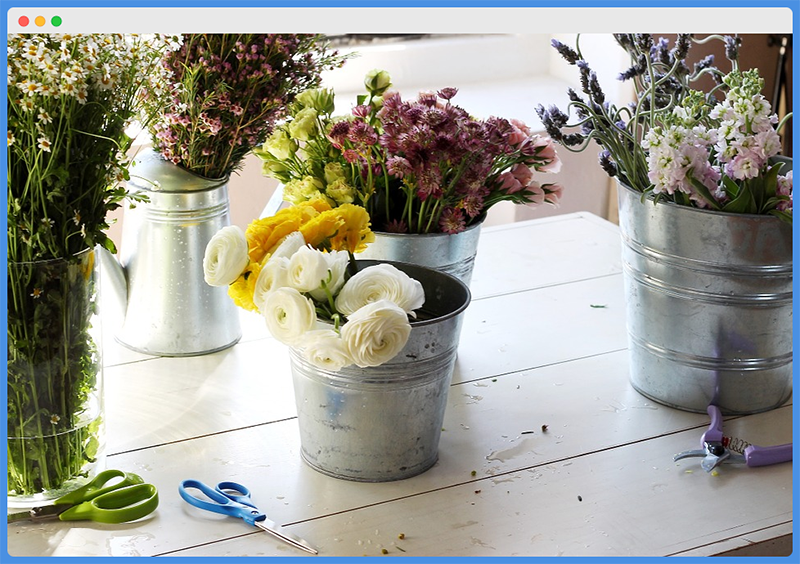
If you’re using stem cuttings, root them so as to clone the shrub easily, especially if the plant is healthy.
The shrub roots very easily and quickly within about 3-6 weeks, but if you want you can use a hormone to induce quick, robust rooting.
Make sure you take softwood cuttings and snip the stem of the Buddleia just below a leaf node, cutting up to four or six inches.
Ideally, you should snip the stem and strip the leaves off the bottom third of the cutting, preferably early in the summer when plants aren’t blooming. If the plants are blooming, remove any flower buds or avoid taking such cuttings altogether.
To encourage lateral growth and bushier foliage, pinch out the top leaf bud, and then fill your pot with a peat and perlite mix. Make sure the pot has drainage holes and wet the medium thoroughly.
Stick the stem cutting into your pot, submerge the bottom-third fully in the medium, place the pot in a warm, bright spot, and use a layer of plastic wrap to cover the pot to the medium moist.
Tug on the cutting after 3-6 weeks to check whether it has developed roots. If you feel some resistance when tugging on the cutting, it has rooted, and is ready to be transplanted into your garden or into a larger pot.
How To Plant a Buddleia Butterfly Bush From Seed
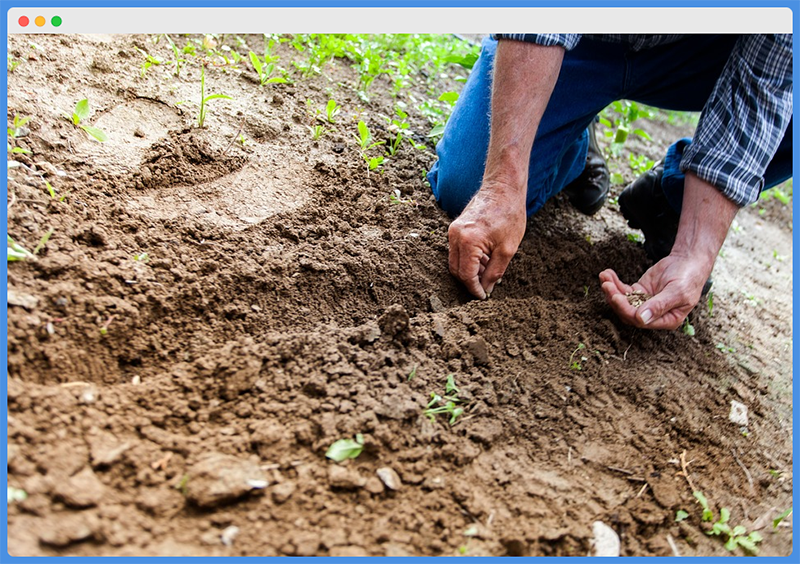
Buddleia seeds come from a non-sterile hybrid shrub’s flower, which produces a capsule or pod of viable, fine Buddleia butterfly bush seeds.
Once dry, you can collect the seeds before the wind disperses them and cover the panicle with a paper bag so that you don’t lose any seeds.
Clip the panicle off the Buddleia stem and then crush and shake the paper bag to release the fine seeds. You can also allow the seeds to disperse naturally and watch in the spring as the seedlings flush and become strong young plants.
Once the plants are grown, dig them up and transplant them into a pot or into your own garden.
You can also keep the seeds you collect in a cool, dry place over the winter to be sown in late spring or early summer.
The Buddleia seeds are usually very tiny so you may find it hard to plant each one individually.
To resolve this, mix a tablespoon of the seeds with some light builder’s sand, and then tap the seeds into the medium evenly with your finger without covering the fine seeds so they can germinate.
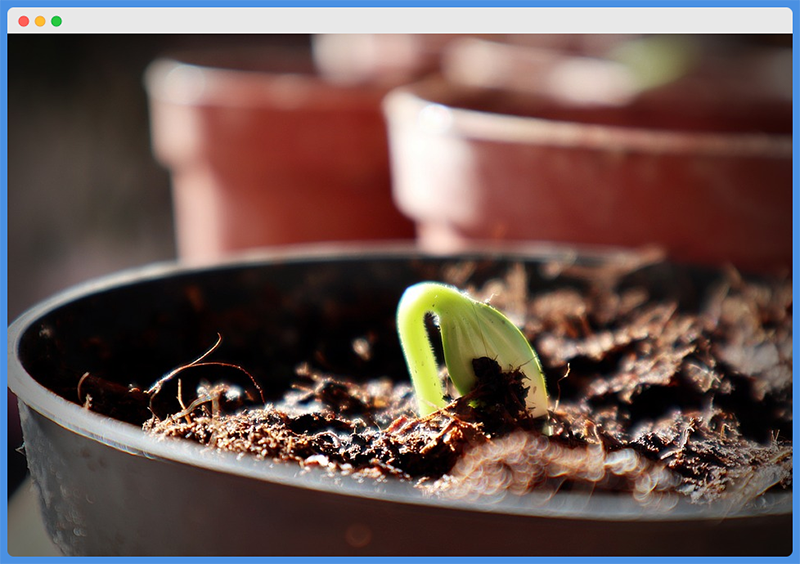
Once your tray is ready, keep it moist by spraying some water and keep the tray in a bright, warm spot. After three weeks, the Buddleia butterfly bushes should start peeping out of the medium.
The four true leaves of the little plants should be visible before you can remove them from the seed tray for transplanting.
When you’re ready to transplant, ensure that each pot is filled with soil amended with compost or a standard dampened potting mix, and keep them in a sunny but moist location.
Leave the plants outdoors in a part-sun and protected location while increasing the time they’re outside gradually and the amount of sunshine they receive.
They should be used to full sun and some wind before they’re transplanted into your garden.
To move them to your garden, dig a slightly wider and deeper hole than your pot, and set the plant in the prepared hole. Fill back the hole with soil, gently tamp it down to remove any air spaces, and water it well.
The semi-evergreen, perennial plant will flower and lose its foliage for a very short period of the year.
It blooms in early summer through to autumn, making it ideal to grow if you want an easy and quick injection of color and life in your garden.
If you just want a giant Buddleia butterfly bush, you can divide its roots by hand or use a sharp shovel to separate it into three pieces. Ensure each piece has at least three stems and lots of roots and then plant it where you want.
Buddleia Butterfly Bush Growing Tips
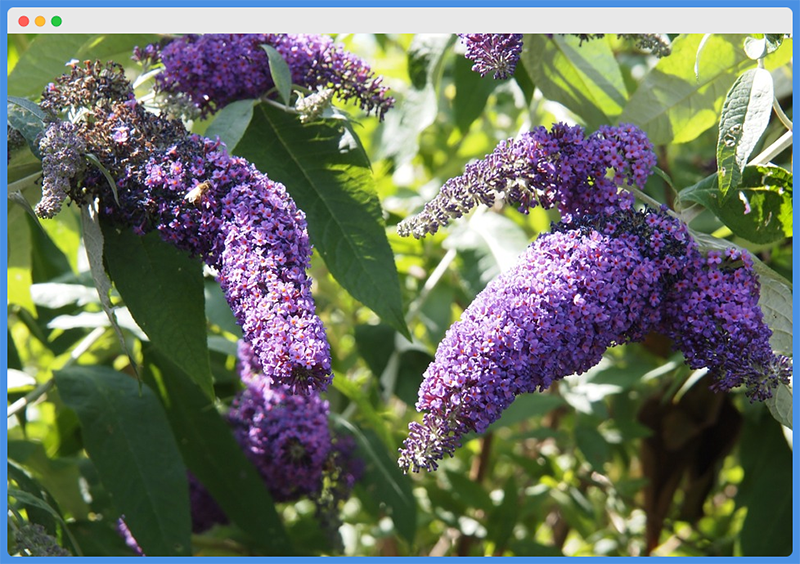
The Buddleia bush is a cinch to care for. Often, you just need to hard prune it once a year to check its vigorous growth.
Here are some tips to help you along as you grow your beautiful butterfly bushes:
- Use a thick layer of mulch before winter to protect its roots
- Do a soil test to determine if the pH is favorable and check for nutrient deficiencies before planting. Ideally, you can grow the bushes in soil with a pH range of 5.5-6.5. It can grow in various soil types including moist clay mixes and semi-arid sandy soils
- Go for sunny locations as the Buddleia blooms from spring through to the end of summer, sometimes even into the fall
- Use a balanced slow-release fertilizer and water occasionally as the plant is very drought and heat-tolerant especially when mature. You can water when the soil is dry 4-5 inches deep.
How to Prune and Maintain a Buddleia Butterfly Bush
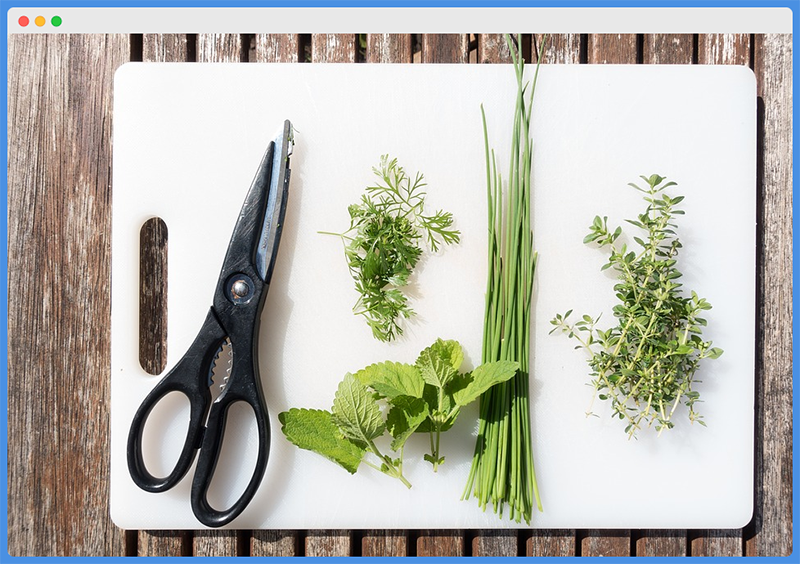
If allowed to grow wild, the Buddleia butterfly bush can spread into new areas in your garden and grow vigorously.
The self-seeding bush can grow taller and spread wider, flowering on wood and other areas it finds the space to.
Pruning the plant aggressively in early spring or winter helps ensure that it blooms more of its beautiful flowers in the summer.
To prune the Buddleia plant, use clean, sharp pruners so as to prevent the spread of any disease. It may seem harsh at first, but it’s necessary.
Prune back to the shrub’s base until you only have two to three buds per stem, about 12 inches from the ground.
As the Buddleia grows, encourage it to rebloom by removing any spent flowers in the autumn.
You can also cut off the flower heads if you’re not keen on having little sprouting bushes in your garden before they set and spread their seeds.
If you’re growing a sterile cultivar, you won’t have to do all this, but you may occasionally see some seedlings pop up with some varieties.
If the bush grows wildly during summer, you can keep the bush shapely by pruning individual stems.
Avoid pruning the stems in early winter because at that time they’re hollow so the wood may split if any water that accumulates in the stem freezes.
The bush blooms on new wood so if you prune in the spring, you’ll enjoy lots of blooms in the summer as long as there’s enough sunlight.
You don’t have to prune every year, but only when they’re too big for the space allocated in your garden.
Plus, the bush only blooms on new growth so many gardeners tend to severely prune them each spring to encourage more bloom and new growth.
You can prune the shrub back 12-24 inches high, which for many plants may be drastic, but for the Buddleia, it’s often better that way.
This helps you retain some growth from the previous year that will fill in your yard faster and bring more flowers.
Periodically check and remove any spent blooms in the summer for new and better growth, as well as more flowers until frost.
You can still prune back the Buddleia if it has started leafing out. However, it will take longer to fill out if you prune below new shoots.
How To Care For Buddleia Butterfly Bushes
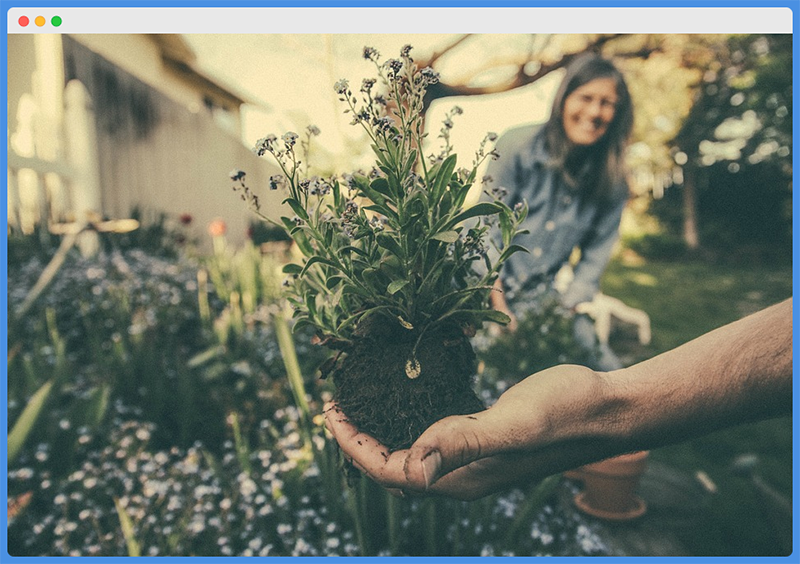
The Buddleia is not hard to care for if you know what to do.
The plant is tolerant to several pests and diseases, as well as rabbits and deer, so it’s relatively unbothered by anything that may cause problems.
If you want to manage pests and diseases, keep an eye out for spider mites, as they can affect most plants during dry and hot weather, covering the leaves in webbing and stippling them with feeding marks.
You can try to wash off these spider mites using jets of water from your garden hose or try horticultural oil sprays.
However, pesticides should be avoided whenever possible as these may harm pollinators such as butterflies when in bloom.
You also need to prevent rot and meet the Buddleia’s nutritional needs to keep them healthy from root-knot nematodes, which are microscopic worms that feed on plant tissue.
When the soil is oversaturated, the worms thrive and spread and this becomes an issue for the plants.
Dig down and check the roots in case you notice wilted, yellowing leaves, or stunted growth. Check also for small swellings or galls on the roots and any discoloration or stunted growth.
It’s harder to get rid of the root-knot nematodes once they’re present on your plants.
Check also for downy mildew, which presents as light brown or yellow spots on the leaves along with fuzzy white or light gray spots under the leaf.
Prune away any branches or leaves with disease and avoid getting the foliage wet when watering the plants.
It’s better to water the plants in the morning so that the leaves have time to dry before the cool evening kicks in.
This way, you can reduce the spread and combat the development of the pathogen’s optimal conditions for growing on the Buddleia.
Give plenty of room for the plants to grow so that there’s airflow and no crowding.
If there’s any further spread of disease, apply fungicides to remedy the problem. However, using chemical fungicides when the Buddleia is in bloom can impact the insects that feed on it.
Other Buddleia Caring Tips
- Water the plant freely when it’s growing and sparingly when it’s not
- Avoid too much fertilizer as it promotes more growth of the leaves than flowers
- Encourage new flower buds and shoots by removing spent flower spikes
- Deadhead the flowers once they start withering to prevent further spreading of the plant and its seeds
- Apply a thin layer of compost and mulch each spring to retain moisture while controlling weeds
- Cut the plant back to the ground each spring because it blooms on new wood so it won’t die back
- Where there are mild winters, prune the stems severely to stimulate abundant growth for more flowers to bloom
Note: Instead of getting new plantings of the Buddleia butterfly bush, try using plants that better support your location such as asters, bee balm, black-eyed Susans, coneflowers, columbine, irises, goldenrod, beardtongue, milkweed, spicebush, verbena, yarrow, and viburnum.
Wrapping Up
The Buddleia butterfly bush is an admirable shrub to have in any garden especially for Zone 5 (south).
The sweetly odiferous and beautifully floriferous shrub will bring many butterflies to your garden while beautifying your outdoor spaces.
However, you need to learn how to plant, grow, and care for it to ensure that it doesn’t get out of hand, what with its invasive nature.
Be sure to follow the tips and tricks in this guide to help you get started with the Buddleia bush and enjoy its beautiful, eye-popping colors as its flowers bloom.
Enjoyed Buddleia | How To Plant, Grow & Care For Buddleia Butterfly Bush? Share it with your friends so they too can follow the mybodyexpert journey.
Share on Pinterest
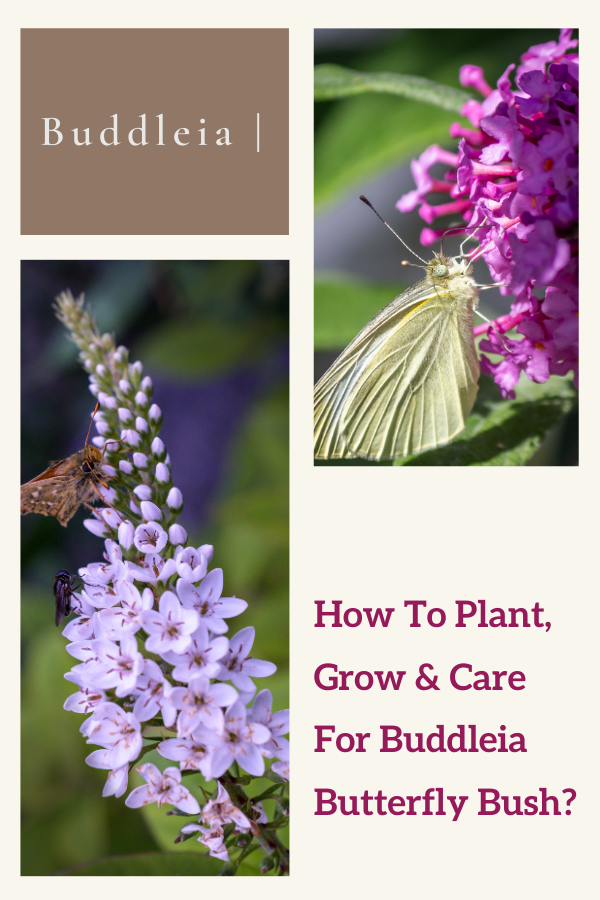

Diana Paul is a certified nutritionist who writes for leading health blogs. She is a master herbalist, yoga teacher, forager, and wild-crafting writer She is focused on helping people transform life blocks to opportunities. Based in NYC, she often holds health seminars and lectures.
